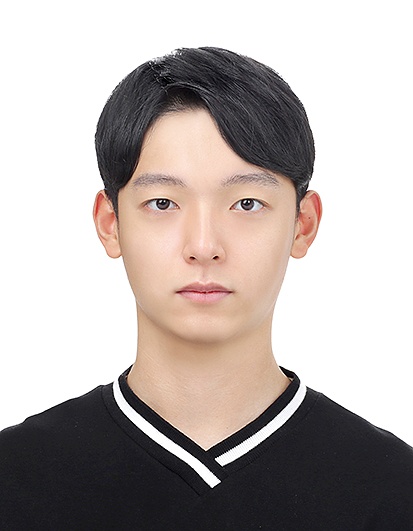Proposal of an Improved Fall Detection Using GRU
Published in ACK 2023, 2023
Overview
As societies age, falls among elderly people are becoming a critical public health issue. Accurate and efficient fall detection technologies are urgently needed. This study proposes an improved fall detection method using GRU (Gated Recurrent Unit) neural networks, designed to operate with low-cost devices such as webcams.
Method
- Skeleton Extraction: Human pose keypoints are extracted from RGB video using PoseNet.
- Feature Engineering: Three features are computed:
- R value: width-to-height ratio of the human bounding box
- HSSC: vertical motion speed of head-shoulder segment
- Overlap: newly introduced metric measuring the overlap between head-shoulder and torso bounding boxes during a fall
- GRU Model: A stacked GRU network (32 and 64 units with dropout) classifies fall vs. non-fall events.
Experiments
- Datasets: URFD (UR Fall Detection), AI Hub, and additional self-recorded videos.
- Evaluation: Models with the new Overlap feature were compared against baseline GRU models without it.
- Performance: The inclusion of Overlap improved accuracy, precision, and recall:
- Accuracy: 95.60% (vs. 94.39%)
- Precision: 95.01% (vs. 94.06%)
- Recall: 95.60% (vs. 93.99%)
- AUC-ROC: 0.99
Contributions
- Introduced the Overlap feature, which captures pose changes during falls and enhances detection accuracy.
- Demonstrated that the method works with webcams and low-cost hardware, without performance delay.
- Provides a practical basis for integrating fall detection into real-time applications such as web or mobile apps.
Conclusion
The proposed GRU-based fall detection method significantly improves recognition performance, offering high accuracy and reliability across diverse environments. This approach contributes toward safer monitoring systems for elderly care and can be deployed on resource-constrained devices.
Recommended citation: Hong, M.-K., Lee, S.-H., & Shin, Y.-S. (2023). Proposal of an Improved Fall Detection Using GRU. Annual Conference of KIPS, 287–288. https://doi.org/10.3745/PKIPS.Y2023M11A.287.
